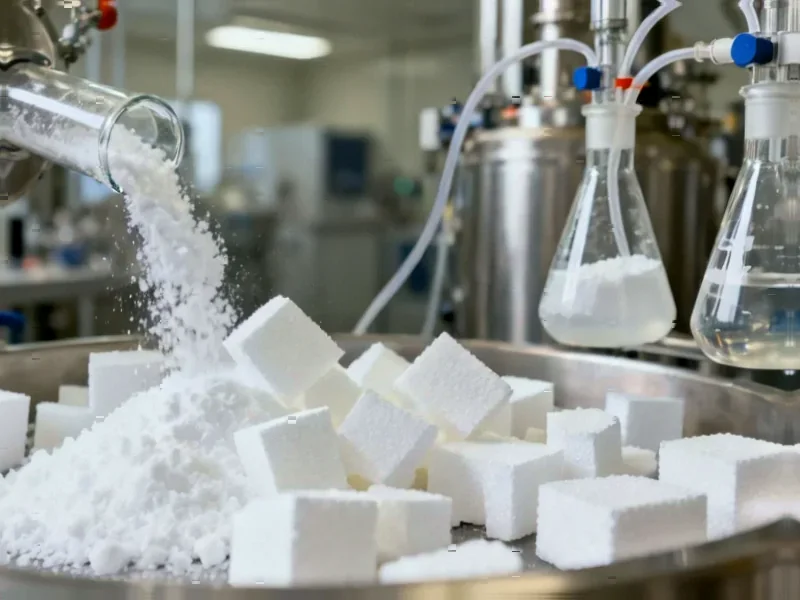According to New Atlas, Cornell University researchers discovered that the dangerous H5N1 bird flu virus can survive in raw milk cheese for up to 120 days despite standard 60-day aging requirements. The study found that 4.4% of U.S. adults consume raw milk annually, with 1.6% regularly eating raw milk cheeses. Researchers tested both lab-made “mini cheeses” and commercial cheddar samples, finding all four commercial samples positive for H5N1. The virus survived in cheeses with pH levels between 5.8 and 6.6 but was eliminated in more acidic cheeses below pH 5. While ferrets fed contaminated raw milk became infected, those eating contaminated cheese did not, suggesting different transmission risks between liquid and solid dairy products.
The Regulatory Gap in Cheese Safety Standards
The 60-day aging requirement for raw milk cheese, established by the FDA decades ago, was designed to control bacterial pathogens like Listeria and E. coli through natural acidification and moisture reduction. However, this regulation never accounted for viral threats like H5N1, which behaves fundamentally differently from bacteria. The Cornell findings reveal a critical regulatory blind spot where existing safety protocols provide false security against emerging viral threats. This creates immediate compliance challenges for cheese producers who follow all current regulations yet may still distribute contaminated products.
Specialty Cheese Industry Under Threat
The raw milk cheese sector, representing a multi-billion dollar specialty market, faces existential threats from these findings. Artisanal producers who built their brands around traditional methods now confront potential consumer panic and regulatory crackdowns. The pH-dependent survival pattern creates an uneven impact—cheeses like cheddar and Camembert face higher risks than highly acidic varieties like feta. This could trigger market segmentation where consumers avoid certain cheese types regardless of actual safety, disproportionately affecting producers in regions with active H5N1 outbreaks in dairy herds.
The Practical Testing Dilemma
While researchers suggest testing milk before cheese production, this presents substantial operational challenges. Most small-scale artisanal producers lack the resources for regular viral testing, which requires specialized laboratories and significant costs. The finding that all four commercial cheddar samples tested positive suggests contamination may be more widespread than previously assumed. This creates a “detection paradox”—increased testing could reveal uncomfortable truths that damage market confidence, while avoiding testing leaves potential health risks unaddressed.
Changing Consumer Perceptions and Behavior
The 4.4% of adults consuming raw milk products represent a demographic that typically values natural foods and distrusts industrial food processing. These consumers now face a difficult choice between their food philosophy and potential health risks. The ferret study results add complexity—while cheese appears less risky than raw milk, the persistence of live virus creates psychological barriers that may override scientific nuance. We’re likely to see polarization where some consumers abandon raw milk products entirely while others double down, viewing the risks as exaggerated.
International Trade and Export Consequences
Countries with strict import controls on U.S. dairy products now have scientific justification for maintaining or expanding restrictions. The European Union, which has its own robust raw milk cheese traditions, may face pressure to implement additional safety measures or face consumer backlash. This creates a potential domino effect where food safety standards globally tighten in response to viral threats, fundamentally changing international dairy trade dynamics. Producers who rely on export markets may need to reconsider their production methods or risk losing access to key markets.
Potential Technological Adaptations
The sub-pasteurization heating suggestion represents a middle ground that could preserve some raw milk characteristics while ensuring safety. However, this approach faces resistance from purists who consider any heat treatment as compromising “true” raw milk cheese. Emerging technologies like cold pasteurization or advanced filtration might offer alternatives, but each comes with cost implications that could price artisanal producers out of the market. The industry faces a fundamental choice between adapting methods or risking regulatory intervention that could eliminate raw milk cheese entirely.




